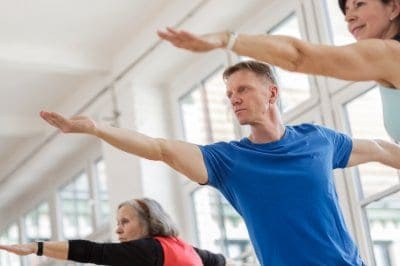People tend to be rated as more attractive when they’re part of a group than when they’re alone, according to findings published in Psychological Science, a journal of the Association for Psychological Science.
This phenomenon — first dubbed the “cheerleader effect” by ladykiller Barney Stinson on the popular TV show How I Met Your Mother — suggests that having a few friends around might be one way to boost perceived attractiveness.
According to psychological scientists Drew Walker and Edward Vul of the University of California, San Diego, people tend to “average out” the features of faces in a group, thereby perceiving an individual’s face as more average than they would be otherwise.
While being average-looking might seem like a bad thing, research suggests that’s not necessarily the case for attractiveness:
“Average faces are more attractive, likely due to the averaging out of unattractive idiosyncrasies,” Walker explains. “Perhaps it’s like Tolstoy’s families: Beautiful people are all alike, but every unattractive person is unattractive in their own way.”
Walker and Vul suspected that the attractiveness of average faces, coupled with the tendency to encode groups of objects as an “ensemble,” might actually support the cheerleader effect. To test this, the researchers performed five experiments with over 130 undergraduate students.
Participants were shown pictures of 100 people, and were asked to rate their attractiveness. Sometimes the person being rated was in a group portrait with two other people, and other times the pictures were cropped to show the person alone.
Overall, participants rated both female and male subjects as more attractive in the group shot than when pictured alone. Being seen in a group confers an attractiveness benefit that’s roughly enough to bump someone from the 49th percentile to the 51st percentile of attractiveness.
“The effect is definitely small, but some of us need all the help we can get,” Vul jokes.
In several other experiments, Walker and Vul discovered that the pictures don’t need to be from a cohesive group portrait to obtain this effect. When participants were asked to rate the attractiveness of one person out of a collage of 4, 9, and 16 pictures, the “group” picture was still rated more highly than when that individual’s picture was presented alone.
Walker and Vul are now exploring the nuances of these initial findings:
“If the average is more attractive because unattractive idiosyncrasies tend to be averaged out, then individuals with complimentary facial features — one person with narrow eyes and one person with wide eyes, for example — would enjoy a greater boost in perceived attractiveness when seen together, as compared to groups comprised of individuals who have more similar features.”


